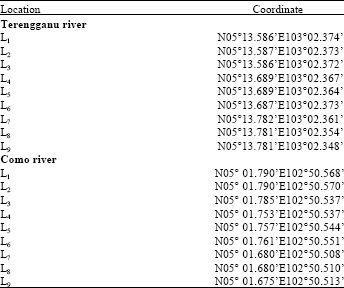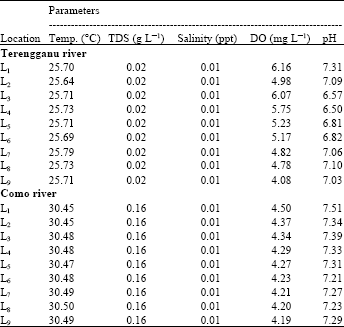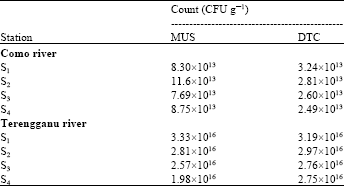Research Article
Occurrence of Plesiomonas shigelloides in Cultured Red Hybrid Tilapia (Oreochromis niloticus) from Tropical Rivers, East Coast Malaysia
Faculty of Fisheries and Aqua-Industry, Universiti Malaysia Terengganu, 21030 Terengganu, Malaysia
H.H. Ruhil
Faculty of Fisheries and Aqua-Industry, Universiti Malaysia Terengganu, 21030 Terengganu, Malaysia
K.C.A. Jalal
Institute of Oceanography and Maritime Studies, Kulliyyah of Science, International Islamic University Malaysia, 25200 Kuantan, Pahang, Malaysia
M. Najiah
Faculty of Fisheries and Aqua-Industry, Universiti Malaysia Terengganu, 21030 Terengganu, Malaysia











